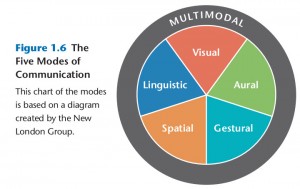This is the post for the Wednesday, March 16, 2016 class meeting.
Choosing Your Archive Item
 Please take care of this activity while I am taking attendance.
Please take care of this activity while I am taking attendance.
If you were in class last time:
You should already have an item chosen. I noticed that some people are signed up for multiple items however. Go to the Class Planning Doc and remove your name from all the items you are NOT doing. You can do only one.
If you were NOT in class last time:
You need to go to the Class Planning Doc and choose the place, thing, or event that you will contribute to our VT archive. You can take any item on the list that is not claimed, and you can add new items. Only one person (or group) can do each item, and groups have to be comprised of people in the same section.
What Is An Archive?
Let’s ask Wikipedia. Skim through the entry on Archive and look for definitions and key characteristics. You can also use Google search to find some example archives.
As you find relevant information, add them to the class document. Do not copy and paste however. Put the ideas into your own words
If you’re taking the Editing class this term (or you already have), here’s your chance to show off. Use your skills to add some useful design and unity to the document.
Note that the link to each class document will be removed immediately after class. All the links will be restored in the afternoon.
Preparing for a Multimodal Dig
- Think about the five modes of communication. What artifacts can you gather to ensure you cover all five modes?
- Consider the affordances and constraints of different kinds of artifacts. Remember the slideshow has the definitions.
- Create a Dig List. Decide on the things you want to collect. Think through the modes, affordances and constraints for each one.
- If you are working with a group, create shared location for your work and make sure everyone in your group has access. Also be sure that you have shared contact information and agreed upon when and how to contact one another.
Homework & Schedule Details
| F, 3/18 |
Before class, read Chapter 2 of Writer/Designer, and be ready to apply the ideas of rhetorical situation and design choices to your archive project. End of Portfolio Grace Period at 11:59 PM |
| M, 3/21 | Something exciting I’m sure |
| W, 3/23 | Which means I don’t know yet |
| F, 3/25 | You (and your group) are free to use the class session to research and gather your artifacts. Class will not meet, but you will need to turn in notes on what you accomplished. |
| M, 3/28 | Something exciting I’m sure |
| W, 3/30 | Which means I don’t know yet |
| F, 4/1 | April Fools Day! Class will not meet (No foolin, I’ll be in NOVA), but you will have work to complete. |

